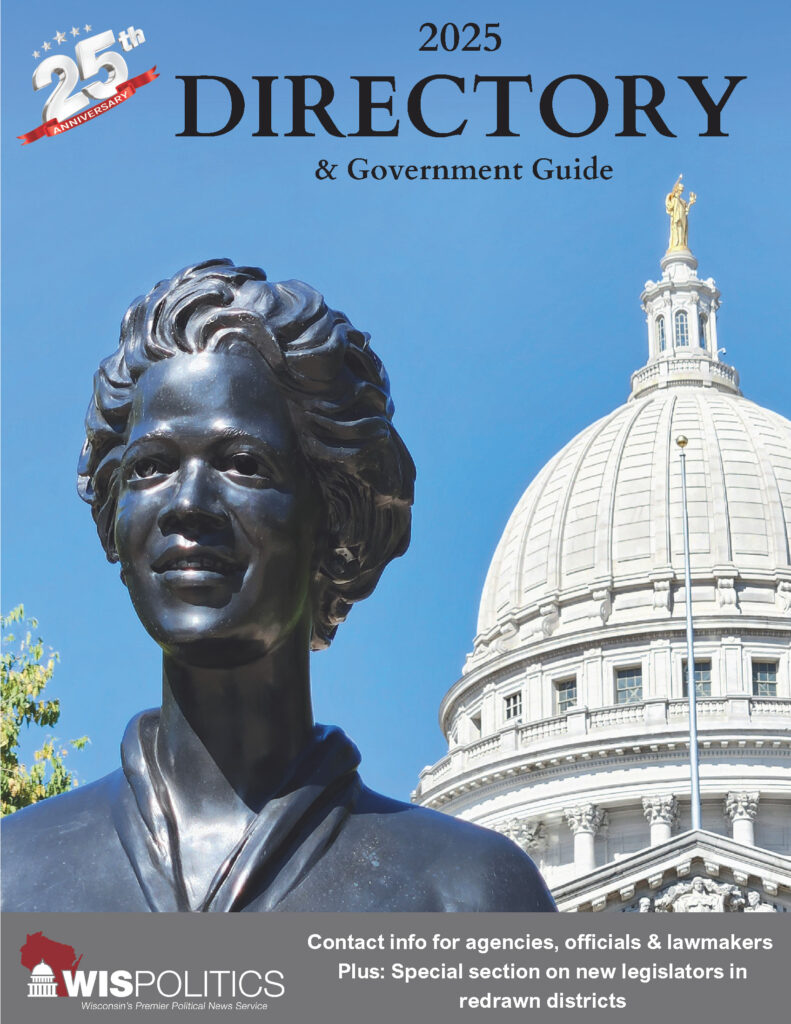MADISON, Wis. – The Wisconsin Department of Natural Resources (DNR) today announced that data is now available from annual spring surveys of Wisconsin ruffed grouse and pheasant. Pheasant observations were above the five-year average for the second consecutive year. The results of the ruffed grouse survey showed a slight decrease from 2024, but numbers were still significantly ...
Please log in to access subscriber content.
If you don't have a subscription, please contact schmies@wispolitics.com for subscription options on the WisPolitics-State Affairs platform, which is the new home for WisPolitics subscriber products.


